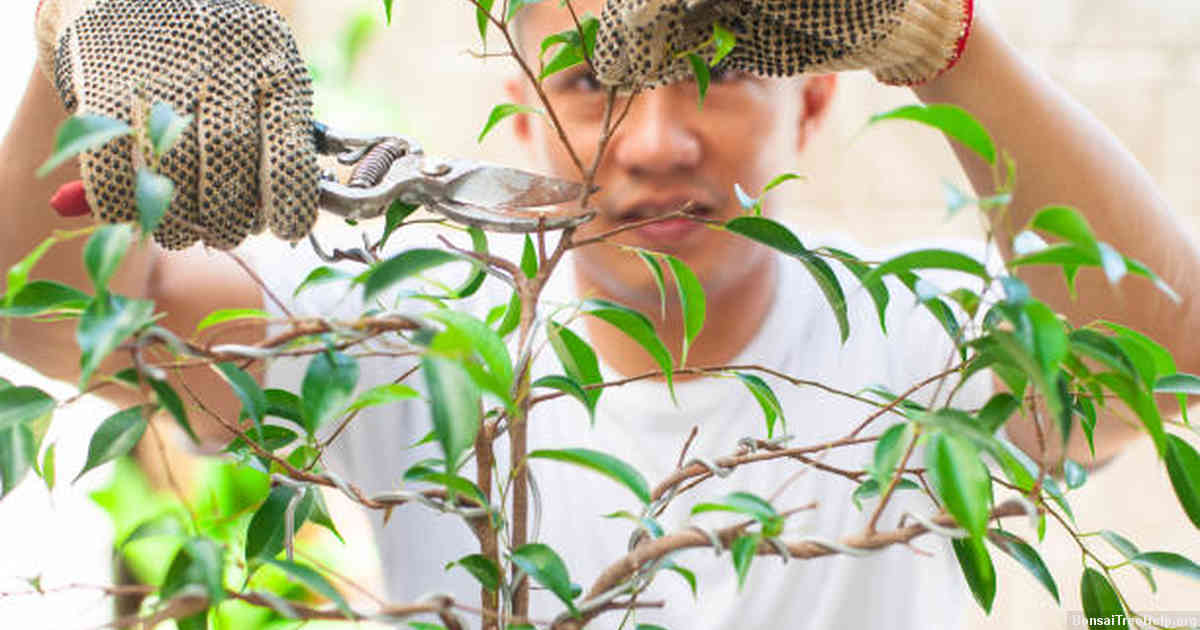
To make a litchi bonsai, start by selecting a young litchi tree. It should be two to three years old and have at least six leaves on each branch. Trim off any dead wood, leaving only healthy foliage on the trunk and branches of the tree. Select a shallow pot with drainage holes in the bottom for the root ball of your litchi tree. Place moist sphagnum moss or fine gravel in the bottom of the pot and fill it halfway with well-draining soil mix specifically designed for bonsais. Gently remove your litchi from its container, brush away excess soil around its roots and place it in the middle of the new pot. Add more soil as needed to ensure that all roots are covered, then lightly tamp down around them so that there are no air pockets beneath them. Water your bonsai immediately and position it in bright but indirect light near an east-facing window or in a shaded outdoor area.
Contents:
Introduction
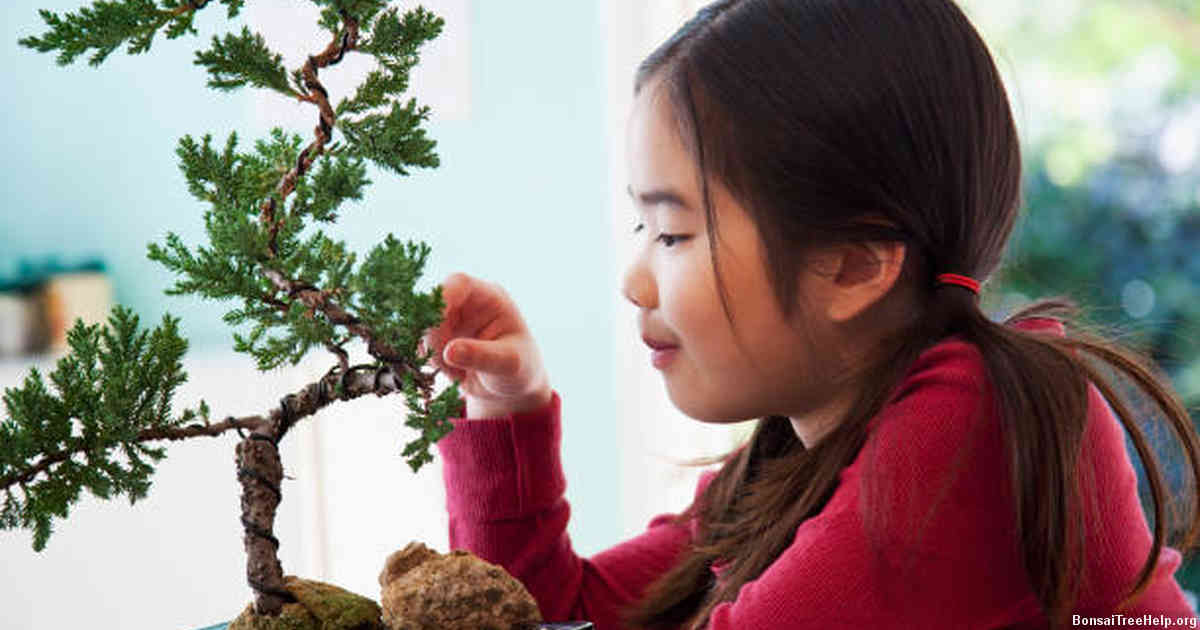
Growing bonsai is a special and rewarding art form that has been around for centuries. It’s a fascinating craft, one which many hobbyists enjoy exploring. Those wanting to take the next step in their horticultural journey may consider creating a litchi bonsai. This sub-tropical species, also known as Litchi chinensis, provides numerous benefits to growers.
Creating litchi bonsai isn’t difficult but takes time and patience if you want to achieve an aesthetically pleasing result. The key is managing root growth and keeping the plant small enough so that it can fit inside your chosen potting container or training dish. With careful pruning of both foliage and roots, the tree can be trained into a traditional ornamental bonsai shape over several years of diligent tending.
Understanding the specific cultural requirements for this species will ensure a healthy specimen with minimal effort on your part. Adequate drainage is especially important; too much water can cause root rot as well as physical symptoms such as yellowing leaves or poor flowering set due to potassium deficiency (chlorosis). A well balanced fertilizer applied regularly throughout the year can help alleviate these issues while encouraging vigorous growth and flowering each season.
Selecting the Right Litchi Variety
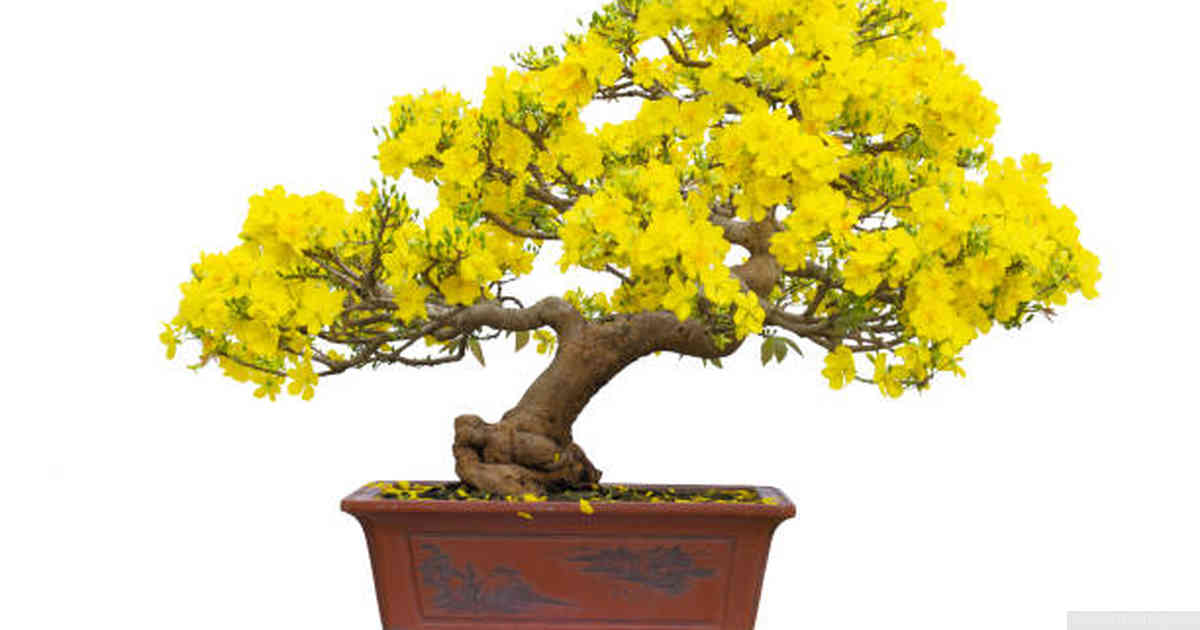
If you are looking to make a litchi bonsai, the first and most important step is selecting the right variety. Litchis come in different shapes and sizes, and you should take into account your own personal preferences when it comes to choosing one. Some popular varieties include Bengali, Guangdong Tsao Miu and Mauritius. Each type offers its own unique appearance, taste, texture and size characteristics.
When deciding on which variety of litchi to use for your bonsai project, consider if you would like more of a decorative tree or something edible with bigger fruits. The Bengali type is known for its large fruit size and high quality flavor – perfect for snacking. The Tsao Miu variety produces rounder yet smaller fruits that have an interesting texture making them great as a garnish or side dish. On the other hand, the Mauritius variety has medium-sized fruits that possess a sweet yet sour taste; these work best for baking purposes such as pies or tarts.
In addition to varietal selection for tastebuds or aesthetics reasons, it is also important to research climate suitability when selecting your litchi species as some types may not survive under specific weather conditions such as cold temperatures or high humidity levels. All things considered, picking out the right litchi variety will ensure that your project turns out exactly how you envisioned it – be it an aesthetically pleasing ornamental plant or scrumptious fresh snacks.
Choosing the Appropriate Soil Mix

One of the most important steps when it comes to successfully creating a litchi bonsai is choosing an appropriate soil mix. It’s essential to pick one that drains well while retaining enough moisture and nutrients for the plant to thrive. For this, a combination of akadama, pumice, lava rock and compost will work best. Akadama acts as an anchor; its large particles retain less water so drainage is improved. Pumice assists in maintaining an ideal balance between permeability and airflow without compromising nutrient retention or structure. Lava rock helps regulate temperature and keeps roots aerated by preventing compaction during watering cycles. Compost adds organic matter which creates better texture, allowing water and air to move freely through the substrate while also providing essential food for bacteria and other micro-organisms in the soil mix that aid with breaking down organic material into nutrients available for uptake by plants.
It’s also important to note that each type of soil has its own chemical composition, so make sure you choose one that is suited for litchis specifically, otherwise your bonsai won’t develop properly even if all other conditions are met. When selecting a potting mix for your litchi bonsai ensure you check labels on pre-made mixes carefully or create a blend tailored to these plants’ needs yourself if possible – either way, proper selection of soil is key not only towards successful cultivation but also continued health of your bonsai tree over time.
Pruning and Shaping Techniques
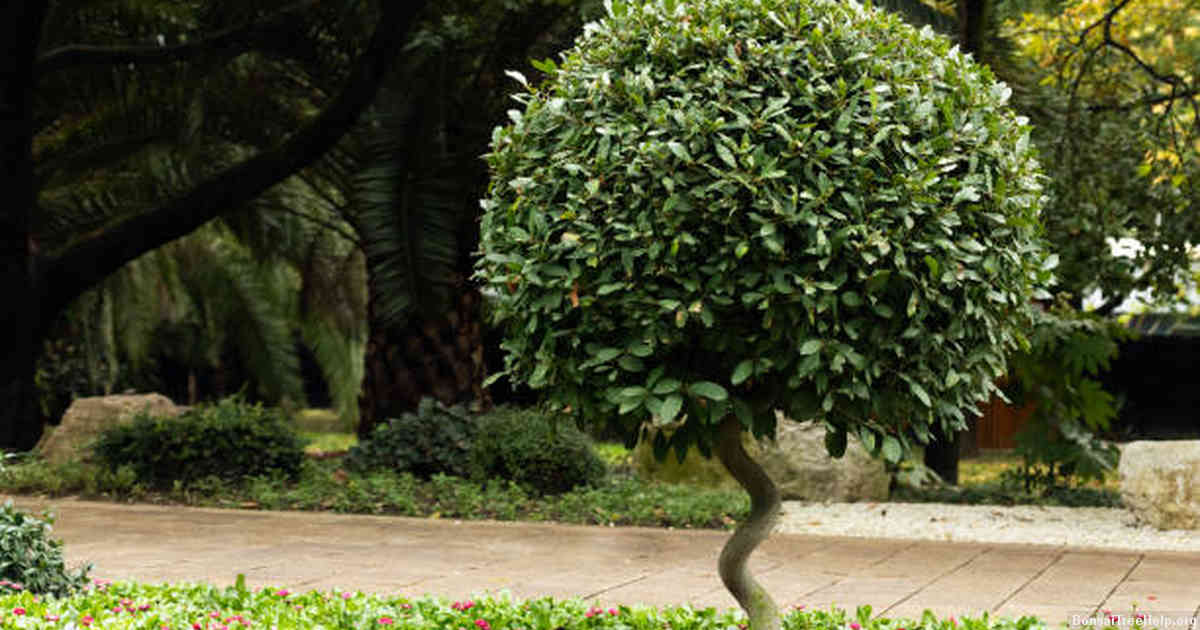
Once you have chosen a litchi to turn into a bonsai, the next step is to learn some pruning and shaping techniques. As with any tree or plant, the first thing you must do is establish the base structure of your litchi bonsai. Pruning and careful wiring will help give it the desired look. Make sure to use sharp scissors when trimming off leaves and branches as this ensures precision cuts which helps promote healthy growth.
Wiring is also an important tool for sculpting your litchi bonsai into its desired shape. Wires can be used to move branchs around while they are still young and flexible in order to form a more pleasing silhouette over time; however, ensure that the wires are not too tight so they don’t cut into delicate bark or tissue. You may want to consider using bigger gauge wires on larger parts of the tree such as big thick stems and trunks to avoid damaging them when bending or manipulating them with wires; whereas smaller gauges should be used for thin shoots and branches, as these can easily break if too much pressure is put on them. When done correctly, wiring can take anywhere from weeks up to months depending on how complex you make it – but always keep in mind that patience is key.
Remember that pruning doesn’t just involve cutting away unwanted foliage – it also involves selective removal of small twigs growing from major branches in order for sunlight penetration which encourages thicker new foliage growth; particularly helpful for large leafed varietals like litchi trees where light penetration needs increased in order for dense foliage development – resulting in an aesthetically pleasing display of lush greenery overall.
Watering and Fertilizing Bonsai Trees
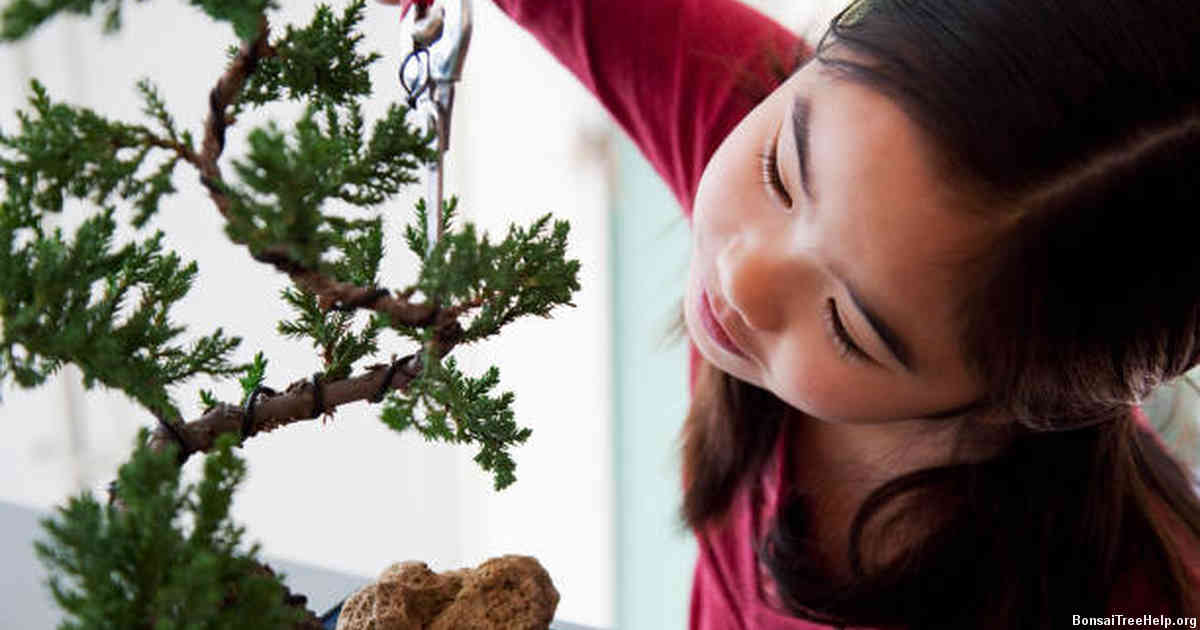
Watering and fertilizing a litchi bonsai tree is an important part of successful cultivation. Over-watering, under-watering, or providing too much fertilizer can damage the tree’s health and even cause its death. As with any living plant, proper care begins with ensuring that the litchi bonsai has access to plenty of water and nutrients at all times.
When it comes to watering, this type of tree should be thoroughly soaked several times per week during hot weather; two deep soakings per week are usually enough for litchi bonsais in cooler climates. The amount of water needed may depend on your location, however; trees situated in dry areas need more frequent hydration than those located in humid regions. It’s also important to monitor the soil moisture level: if it feels dry to the touch or hasn’t been watered recently, give your tree a good drink.
Providing fertilizer is equally critical when it comes to caring for a litchi bonsai tree – without adequate nutrition, plants tend to become weak and prone to disease. Fertilize approximately once every 3 months using a nutrient-rich mixture designed specifically for use on bonsais; over-fertilization can lead to brown spots appearing on the leaves so it’s best not to overdo it. That said, ensure your litchi has access to all necessary minerals throughout the growing season (March through September) and cut back application towards wintertime as plants become dormant during colder months.
Repotting Litchi Bonsai Tree
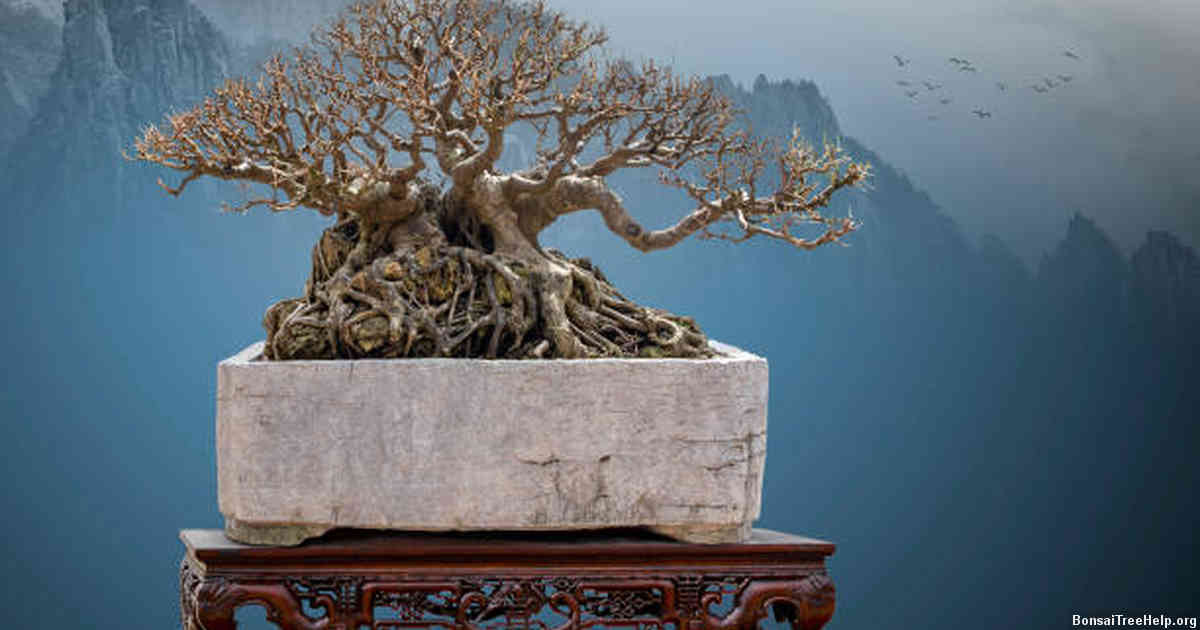
Repotting your litchi bonsai tree is a vital part of maintaining its health and shape. The key to successful repotting lies in the timing, which should happen every two years or so depending on the size and condition of your tree. When undertaking the task, you should use high-quality soil specifically designed for bonsais, such as akadama or pumice mix, as these will help retain moisture while allowing air to circulate through the roots.
Before you begin, it is essential that you thoroughly remove any old soil from around the root system using a chopstick or similar tool to lightly tease out stubborn dirt. You can then place your new mixture into the pot before carefully positioning each root down into it and gently compacting them in with your hands. Give your freshly-potted bonsai a thorough watering session and admire your handiwork.
It may sound simple but the act of repotting should not be taken lightly; an ill-timed re-pot could do serious damage to this delicate living organism that has been lovingly cultivated over time. Make sure you are always mindful about when is best for both yourself and your litchi bonsai tree when taking on this important task – if done correctly it can ensure beautiful growth year after year.
Caring for Litchi Bonsai Tree in Different Seasons
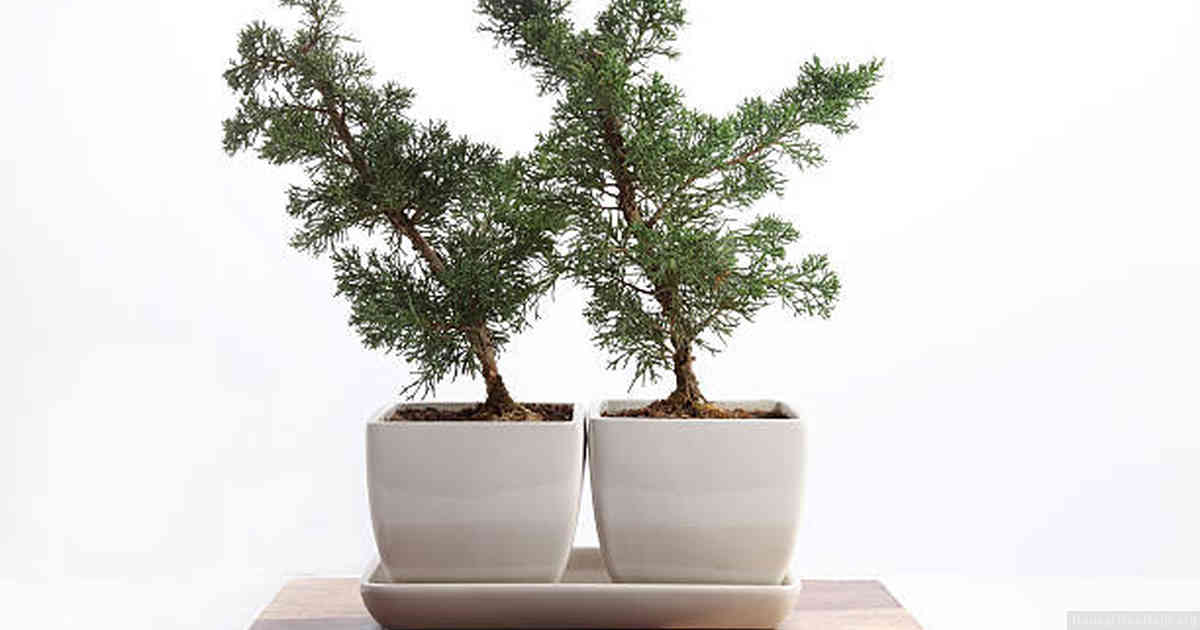
Taking care of a litchi bonsai tree requires extra attention to ensure it thrives. Seasonal changes can often present different challenges for the plant, and so regular maintenance is essential. In the wintertime, temperatures tend to drop significantly, causing stress on the delicate tree. To prevent this from happening, it’s important to bring the litchi bonsai indoors if the temperature goes below zero degrees Celsius at night. The pot should also be insulated with plastic or other materials to maintain a warm environment while its indoors. Regular pruning throughout winter months is beneficial in keeping the size of your bonsai manageable.
In springtime and summer months when temperatures are higher, you’ll want to be sure that your litchi bonsai receives enough water and sunshine in order for its growth cycle to continue as normal. This means providing adequate water as soon as soil dries out – checking daily or twice a day is suggested – and ensuring it gets several hours of direct sunlight every day by placing it outdoors in an area where there is plenty of light exposure but not too much heat buildup from late afternoon rays. To further protect against excessive hot weather which could stunt growth or even damage leaves, misting your plant regularly with cool water may prove helpful in aiding cooling effects during these hotter times.
When autumn arrives it is important that fertilizer needs be met by supplementing with organic compost or a well-balanced fertilizer mix designed specifically for bonsais; following instructions carefully according to amount and frequency needed as stated on packaging labels will help keep your litchi looking healthy over time. Finally make sure that areas surrounding where you place your plant outside are properly protected during windy days; winds can cause fraying of delicate leaves making them susceptible to diseases so having shielding layers around helps reduce chances of wear and tear on foliage due lack air resistance caused by strong gusts of wind blasts over extended periods of time.
Leave a Reply